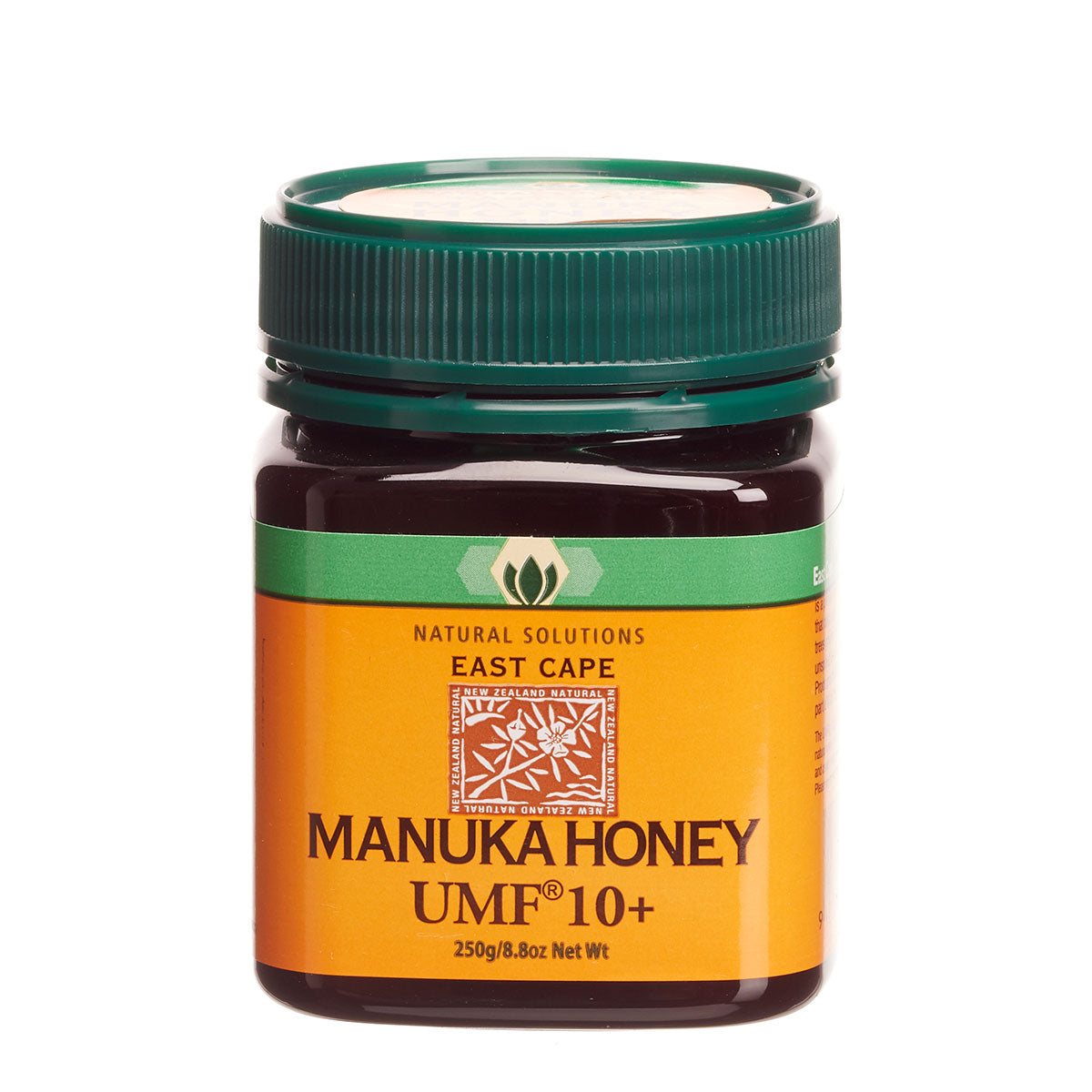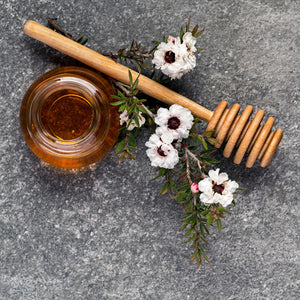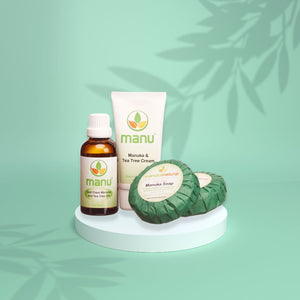
Where to buy Authentic Manuka honey
We are often asked how to identify genuine Manuka honey as there is so much in the market that is adulterated with other honey, sugar or corn syrup.
Until now any honey that contained Manuka could be described on the label as Manuka honey even if it contains very little Manuka nectar. This is about to change!
Strictly speaking there is probably very little Manuka honey that could be described as pure, in that it has 100% Manuka nectar because honey bees will range for several miles to collect whatever nectar is available to them from plant species that are in flower.
However, in isolated parts of New Zealand the Manuka species leptospermum scoparium is so dominant that there is very little alternative available to the bees during Manuka flowering.
This ensures that honey from these areas will have very high levels of purity.
Beekeepers intending to get the purest Manuka honey will only introduce their hives to these areas when the Manuka plants are coming into full flower to ensure that the nectar the bees collect will be highly dominant in Manuka nectar.
This is the beekeeper’s best way to achieve the highest prices for his or her honey as once confirmed by the industry’s independent testing, this honey will have the highest levels of the compound methylglyoxal which determines the Unique Manuka Factor or UMF certification.
Quite simply, the resulting Manuka honey is priced according to the UMF certification, there is complete transparency in the pricing and buyers on behalf of leading exporters and health companies are prepared to pay high prices for correspondingly high certification.
And while everyone likes a bargain, there are no bargains in genuine certified Manuka honey, everyone from the land owners, beekeepers, processors and end users know the value of a premium product.
So to answer the question raised in today’s heading, if you want authentic certified Manuka honey you should only buy honey which carries the UMF registered trademark and the licence # of the producer, and it will only be packed and labelled in New Zealand.
This then leaves a very large and very grey area of blended honey labelled as Manuka, with a range of meaningless numbers and descriptions which while possibly sold for less, they are indeed very far from being a bargain, in fact this practice has become the honey rip-off of the past 20 years.
More on that in my next blog and what is being done about it.



Leave a comment